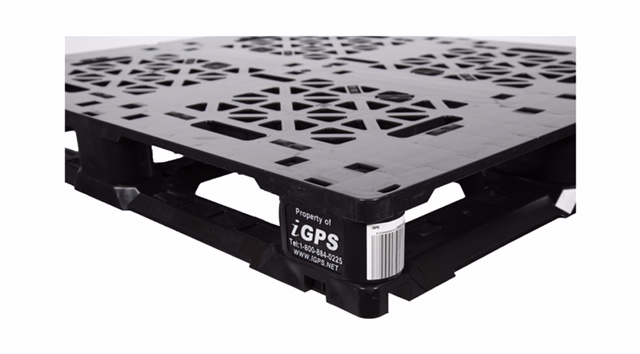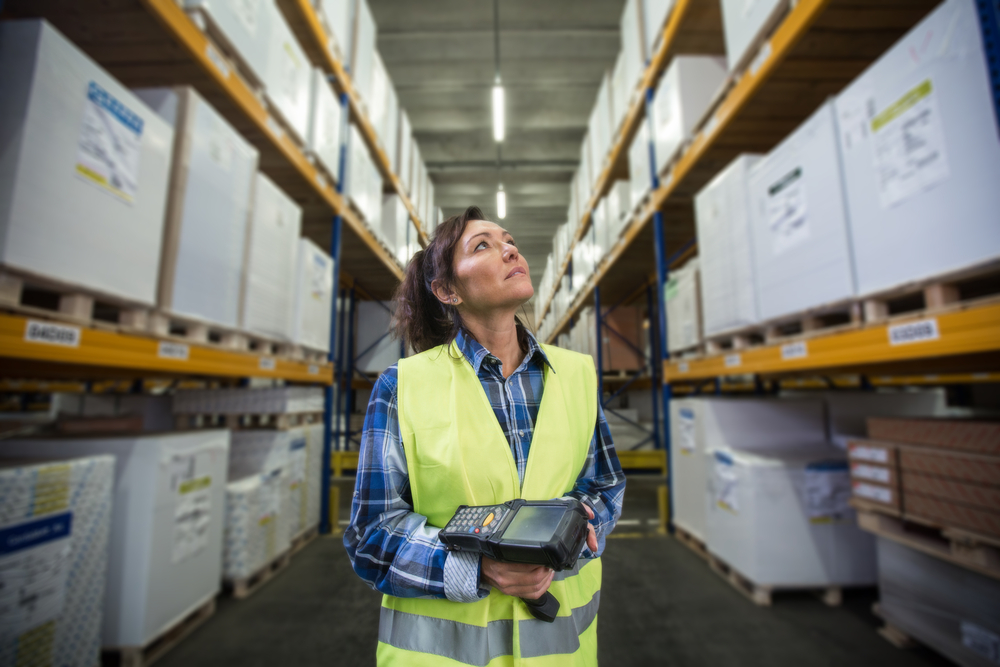A food item or consumer packaged good makes quite an interesting journey through the supply chain—moving from producers to manufacturing facilities to warehouses before ultimately reaching the supermarket. Though inflation and taxes play a major role in determining the prices of these products, the supply chain impacts final prices, too. For example, social distancing and sheltering in place due to Covid-19 outbreaks have slowed down and disrupted supply chains across food production facilities in the US, contributing to the recent increase in grocery prices.
For most companies, the cost of raw materials and labor charges are beyond their control, as these are governed by external factors such as trade regulations, the state of the economy, and labor laws. However, internal costs related to manufacturing, warehousing, transportation, and others fall under the purview of operations managers. Cost management in the supply chain essentially boils down to minimizing these internal costs while ensuring a smooth, uninterrupted flow of products through the supply chain.
Techniques for Lowering Overall Costs in the Supply Chain
For operations managers, lowering overall costs in the supply chain by managing internal costs is easier said than done. Companies usually work with third-parties for their day-to-day operations. As a result, so-called internal costs are often affected by how third-parties are running the outsourced operations. Yet there are a few techniques that can lower overall costs in the supply chain and bring down the total cost of business (TCOB):
- Increasing efficiency through automation: Warehouse automation might sound expensive, with the initial investment in technology, adjustments in warehouse floor layout, employee training, and ongoing maintenance. But in the long run, an Automated Storage and Retrieval System (ASRS) in the warehouse reduces the need for human labor significantly. In turn, this can reduce expenses due to human error as well as product loss and damage during handling. An automated warehouse also offers more floor space as well as vertical space for storage due to the minimal space requirements of an ASRS, which ultimately allows more inventory to be stored and increases throughput.
- Making freight more sustainable: The efficiency of a supply chain can be optimized through the transportation of more products in fewer shipments, which also makes freight more sustainable. Using lighter packaging and lighter shipping platforms, along with shipping products in more concentrated forms, can decrease the weight of shipments. Route efficiency can be improved with the help of route-planning software or through decentralized fulfillment operations which, in turn, can minimize empty transportation legs.
- Reducing product damage: Product damage during manufacturing and transportation and product losses in warehouses and distribution pose a challenge to cost management in the supply chain. Reducing product losses even by a few percentage points can make a significant difference to the overall cost of business. Product damage usually occurs due to improper packaging, faulty shipping platforms, and inadequate storage leading to contamination. Product losses in the supply chain can be reduced by redesigning packaging, upgrading shipping platforms by switching to plastic pallets, following proper measures to maintain hygiene across warehouses and transport vehicles, and adopting tracking methods to trace product damages.
- Preventing food waste: Perishable food products sometimes get damaged during storage and transportation and are rejected by retailers. Ensuring food safety and sanitization while complying with Food Safety Modernization Act regulations is an important aspect of the supply chain. Temperature lapses for foods like milk and eggs render them unfit for consumption. Other issues, such as damaged packaging or incorrectly packed pallets, cause spillage and discoloration as food comes in contact with moisture, bacteria, pests, or contaminants. All of these lead to food waste that can be prevented through regular maintenance and inspection of food products along with employee training on cold chain best practices and contamination prevention.
- Adopting RFID tracking technology: Tracking the movement of products through the supply chain can improve logistics efficiency and productivity while reducing the costs. Radio Frequency Identification (RFID) technology enables supply chains to track the origins of adulterated or unsafe products, thereby letting companies recall the affected batches more quickly and cheaply. The captured data also provides logistics managers with a detailed analysis of the supply chain that highlights inefficiencies so they can be addressed.
The above techniques can prove to be more effective if used with proper auxiliary equipment in the supply chain such as trackable shipping pallets. Cost management in the supply chain is complicated, and lightweight, durable plastic shipping pallets can help lower the total cost of business (TCOB) without any significant upfront investment in money or time.
How Plastic Pallets Help Improve Cost Management in the Supply Chain
 Plastic pallets offer an innovative approach to cost management in the supply chain. Strong and resilient pallets made of high-quality plastics can facilitate the smooth flow of products across the supply chain. Following are a few advantages of plastic pallets that make them an ideal fit for supply chains looking to lower costs:
Plastic pallets offer an innovative approach to cost management in the supply chain. Strong and resilient pallets made of high-quality plastics can facilitate the smooth flow of products across the supply chain. Following are a few advantages of plastic pallets that make them an ideal fit for supply chains looking to lower costs:
- Weight: A typical reusable wood block pallet weighs anywhere from 75 to 80 pounds depending on moisture content. High-quality plastic pallets, which are 35 percent lighter than wood block pallets, can collectively lower the weight of product shipments, making shipments more sustainable and less costly.
- Durability: Plastic pallets are sturdier than wood pallets and can be reused up to about a hundred times. The absence of nails and splinters in the unitized construction of plastic pallets offers fewer opportunities for packaging damage and product loss. Also, plastic pallets can be easily cleaned and even sanitized to remove contaminants, ensuring safer food transport and preventing waste.
- Consistent dimension and design: The uniform dimensions and design as well as the durability of plastic pallets make them cost-effective for the installation of RFID chips that can track loads at the unit level. It also enables them to integrate well with ASRS in warehouses as well as other types of automation.
- Pallet Pooling: Leasing plastic pallets and outsourcing their maintenance to a service provider rather than owning a pallet fleet can significantly lower logistics costs. A plastic pallet pooling program is a circular business model that reduces waste in the supply chain. Recyclability and the longer lifespan of plastic pallets compared to wood pallets make them ideal for a pallet pooling program.
Plastic pallets address many issues often faced by operations managers seeking to exercise cost management—and sustainability—in the supply chain. While an efficient, cost-saving, closed-loop supply chain may sound unrealistic and unachievable, switching to high-quality pooled plastic pallets can ultimately bring businesses closer to that benchmark, while saving them money along the way.
Renting iGPS plastic pallets can optimize cost management in your supply chain. For more information on how plastic pallets can lower your TCOB as well as your carbon footprint, give our team a call at 1-800-884-0225, email a specialist at switch@igps.net, or visit our contact page.



